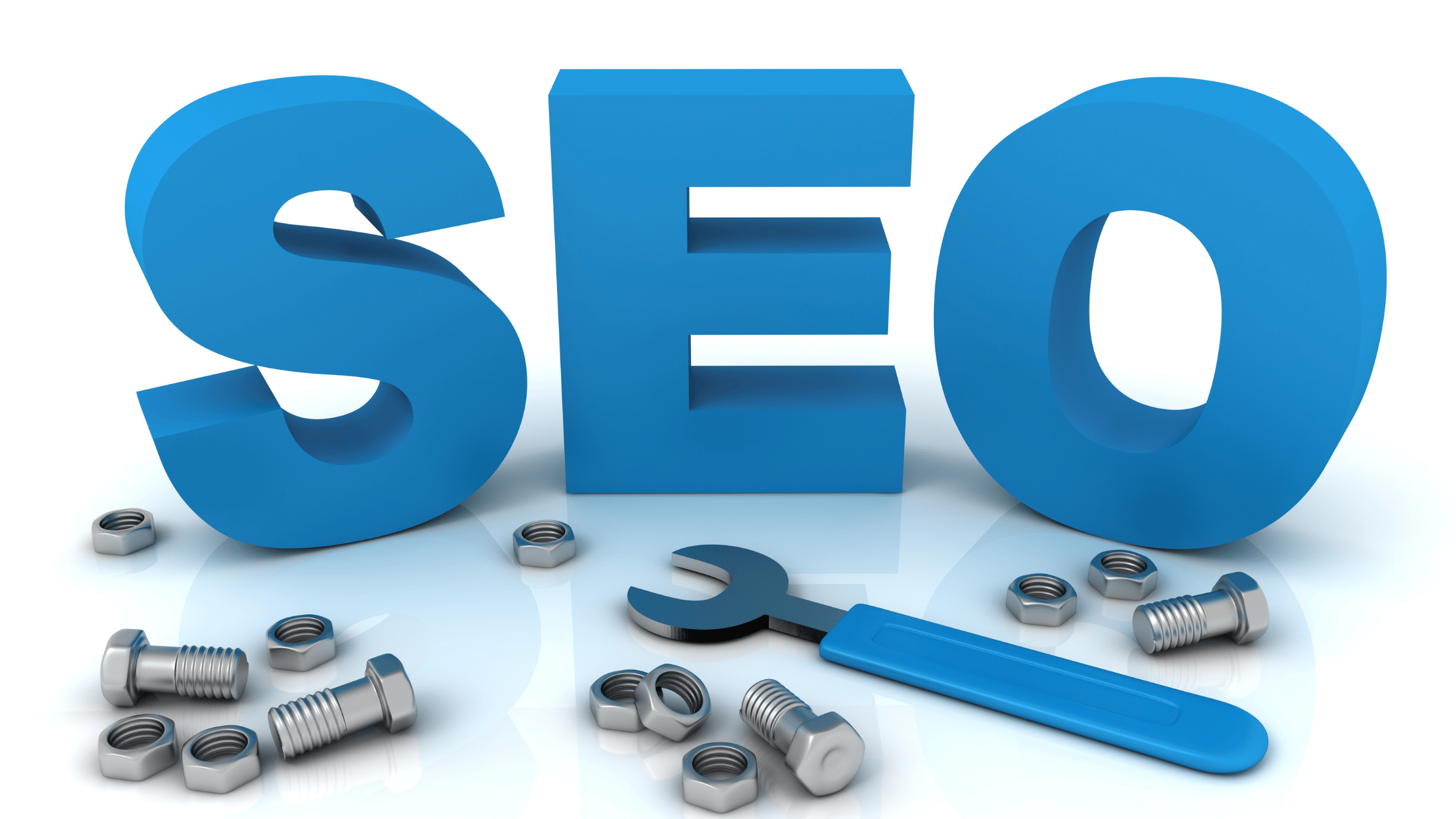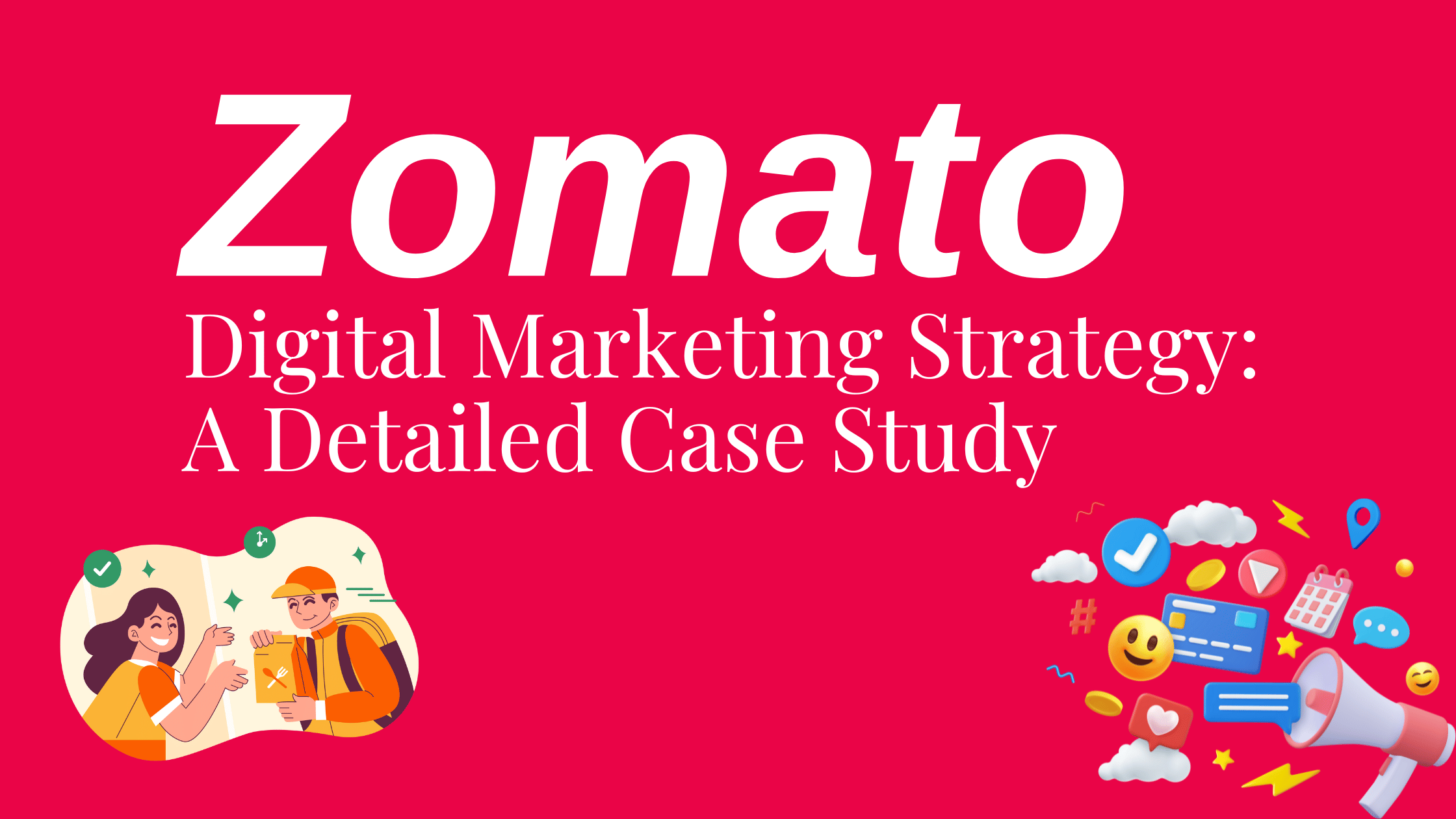In today’s digital world, content marketing has become an essential strategy for businesses of all sizes. Whether you’re a startup looking to build brand awareness or an established company seeking to expand your reach, content marketing offers a versatile and effective way to engage with your audience. But what exactly is content marketing, and why is it so important for your business?
In this guide, we’ll explore the key aspects of content marketing, why it’s critical for success, and how you can create a content marketing strategy that resonates with your target audience.
What is Content Marketing?
At its core, content marketing is the process of creating, publishing, and distributing valuable and relevant content to attract, engage, and convert your target audience. Unlike traditional advertising, which pushes products or services onto potential customers, content marketing focuses on providing useful information and solutions to problems your audience is already facing.
Examples of content marketing include blog posts, videos, infographics, eBooks, podcasts, webinars, and social media updates. Each type of content serves a unique purpose and helps build a relationship with your audience, driving them toward making a purchasing decision.
Why is Content Marketing Important?
Content marketing offers numerous benefits, from increasing brand awareness to driving more traffic to your website. Here’s why it’s become an indispensable tool for businesses:
- Boosts SEO and Organic Search Traffic
Search engines love fresh, relevant content. When you create high-quality content that answers your audience’s questions or solves their problems, search engines like Google are more likely to rank your pages higher. Targeting the right keywords, such as “content marketing,” allows you to rank for search terms that your audience is actively using, helping you capture organic search traffic. - Builds Trust and Authority
Consistently providing valuable information helps position your brand as an industry leader. When your audience sees that you’re knowledgeable about your niche, they’re more likely to trust your products or services. Over time, this builds loyalty and enhances customer retention. - Increases Audience Engagement
Content marketing is interactive. Whether through social media posts, blog comments, or email newsletters, content gives your audience a reason to engage with your brand. This helps foster a deeper connection, making your audience more likely to become repeat customers. - Generates Leads and Conversions
Well-crafted content with a clear call-to-action (CTA) can guide potential customers through the buying journey. By addressing their pain points and providing actionable solutions, your content nurtures leads and increases the likelihood of converting them into paying customers.
Key Elements of a Successful Content Marketing Strategy
Now that we’ve established the importance of content marketing, let’s dive into the essential components that will ensure your strategy is effective:
1. Audience Research
Before creating any content, it’s crucial to understand who your target audience is. What are their pain points? What type of content do they consume? Where do they spend their time online?
Answering these questions will allow you to create personalized content that resonates with your audience. Tools like Google Analytics, social media insights, and surveys can provide valuable data about your audience’s preferences.
2. Keyword Research
Keyword research is the foundation of any successful content marketing strategy. By identifying the right keywords, you can ensure your content aligns with what your audience is searching for. Tools like SEMrush, Ahrefs, and Google Keyword Planner can help you find keywords related to “content marketing” that have high search volumes and low competition.
Make sure to incorporate these keywords naturally into your content, including titles, headings, and body copy, to improve your search engine rankings.
3. Content Creation
Once you know what your audience wants and which keywords to target, it’s time to start creating content. High-quality content is informative, engaging, and actionable. It should address your audience’s needs while positioning your brand as a solution provider.
When writing blog posts, aim to create long-form, in-depth articles (like this one) that provide real value. Include visuals like images, infographics, and videos to break up the text and make it more engaging.
4. Content Distribution
Creating content is just the first step. You need to ensure it reaches your audience through the right channels. Social media platforms like Facebook, LinkedIn, and Twitter are excellent for sharing your content with a wider audience. Email marketing is another powerful tool for delivering content directly to your subscribers.
You should also consider paid promotion to boost your content’s visibility. Platforms like Google Ads or social media advertising can help amplify your reach.
5. Analytics and Optimization
A content marketing strategy is never complete without analyzing the results. Use tools like Google Analytics to track key metrics such as traffic, engagement, bounce rates, and conversions. Understanding what works and what doesn’t will allow you to adjust your strategy and create more effective content in the future.
Regularly updating and optimizing your content based on performance is also essential. For instance, updating an older blog post with new information can help maintain or even improve its search rankings over time.
Types of Content to Consider
As part of your content marketing strategy, it’s important to explore various types of content to keep your audience engaged. Some popular forms include:
- Blog Posts: In-depth articles that explore topics relevant to your audience. These are great for SEO and can establish your brand as an industry authority.
- Infographics: Visual representations of information that can simplify complex data and make it more digestible for your audience.
- Videos: Engaging, shareable, and a powerful way to convey your message. Platforms like YouTube, TikTok, and Instagram make video content a must.
- eBooks and Whitepapers: Long-form, downloadable content that provides detailed information and can be used to generate leads.
- Case Studies: Demonstrations of how your products or services have helped customers solve specific problems, building credibility.
Best Practices for Content Marketing Success
To ensure your content marketing efforts are successful, keep these best practices in mind:
- Consistency is Key: Regularly publishing content will keep your audience engaged and help improve your SEO rankings. Create a content calendar to schedule and organize your posts.
- Focus on Quality, Not Quantity: While it’s important to publish consistently, don’t sacrifice quality for the sake of quantity. One high-quality blog post can outperform several mediocre ones.
- Repurpose Content: Don’t let a great piece of content go to waste. Repurpose a blog post into a video, infographic, or social media update to reach a wider audience.
- Engage with Your Audience: Respond to comments, ask questions, and encourage discussion. Engaging with your audience will foster a community around your brand.
Conclusion
Content marketing is a powerful tool for businesses to connect with their audience, build trust, and drive conversions. By developing a well-researched strategy that includes audience analysis, keyword optimization, content creation, distribution, and analytics, you can maximize the effectiveness of your content marketing efforts.
Remember, success in content marketing doesn’t happen overnight. It requires patience, consistency, and ongoing optimization. But with the right approach, your content marketing strategy can become a key driver of your business’s growth.
Embrace content marketing today and watch your brand thrive in the digital world!


